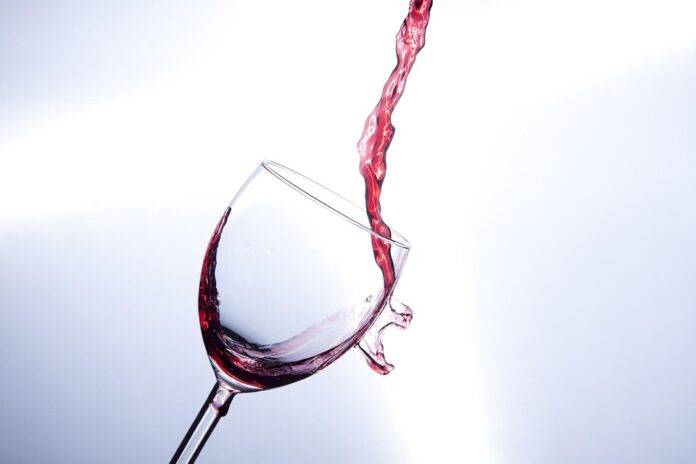Introduction
Sauternes and Barsac sweet wines are among the most sought-after treasures of the Bordeaux region in France. These wines are known for their exquisite sweetness, complexity, and aging potential, making them highly desirable among wine enthusiasts and collectors worldwide. In this report, we will delve into the reasons why Sauternes and Barsac sweet wines are considered gems of Bordeaux, exploring their history, production process, unique characteristics, market demand, and economic significance.
History of Sauternes and Barsac Sweet Wines
Sauternes and Barsac sweet wines have a long and rich history that dates back to the 17th century. The unique climatic conditions in the region, characterized by misty mornings and sunny afternoons, create the perfect environment for the development of noble rot, also known as botrytis cinerea. This fungus attacks ripe grapes, causing them to shrivel and concentrate their sugars, acids, and flavors, ultimately resulting in the luscious sweetness and complexity that are characteristic of Sauternes and Barsac wines.
Production Process
The production process of Sauternes and Barsac sweet wines is labor-intensive and meticulous. The grapes used in these wines, primarily Semillon, Sauvignon Blanc, and Muscadelle, are left on the vine to ripen until late in the harvest season. As the grapes start to develop noble rot, they are carefully handpicked in multiple passes through the vineyard to ensure only the botrytized grapes are selected. This selective harvesting process is crucial to achieving the desired level of sweetness and complexity in the wines.
Once the grapes are harvested, they are gently pressed to extract the sweet juice, which is then fermented and aged in oak barrels for an extended period, often several years. The slow fermentation and aging process allow the wines to develop their signature flavors of honey, apricot, peach, and botrytis notes, along with a rich, viscous texture that coats the palate.
Unique Characteristics of Sauternes and Barsac Sweet Wines
Sauternes and Barsac sweet wines are renowned for their unique characteristics that set them apart from other dessert wines. These wines are known for their intense sweetness balanced by vibrant acidity, creating a harmonious and complex flavor profile that evolves with age. The botrytis influence adds layers of complexity, with aromas of dried fruits, honey, caramel, and exotic spices, making them a delight to savor.
Furthermore, Sauternes and Barsac wines have exceptional aging potential, often improving in quality and complexity over several decades. The high sugar content and acidity in these wines act as natural preservatives, allowing them to mature gracefully and develop tertiary aromas and flavors that enhance their overall appeal.
Market Demand and Economic Significance
Despite their prestigious reputation and exceptional quality, Sauternes and Barsac sweet wines represent a niche market within the Bordeaux wine industry. The production of these wines is limited by the specific climatic conditions required for noble rot to develop, as well as the labor-intensive harvesting process, which contributes to their high production costs.
As a result, Sauternes and Barsac wines are priced at a premium compared to other Bordeaux wines, with top cuvées commanding prices that rival those of classified growths from the region. This exclusivity and high price point contribute to the desirability of these wines among collectors, investors, and connoisseurs who appreciate their unique qualities and aging potential.
In recent years, the demand for Sauternes and Barsac sweet wines has been relatively stable, with a loyal customer base in both domestic and international markets. While these wines may not have the same mass appeal as other Bordeaux varietals, their distinctiveness and exceptional quality continue to attract discerning wine enthusiasts who seek out rare and exceptional bottles for their collections.
Conclusion
In conclusion, Sauternes and Barsac sweet wines are truly treasures of Bordeaux, revered for their exceptional quality, unique characteristics, and rich history. These wines represent the epitome of elegance and sophistication in the world of dessert wines, with a complexity and aging potential that make them a valuable addition to any wine cellar. While they may not be as widely known as other Bordeaux varietals, Sauternes and Barsac wines hold a special place in the hearts of wine lovers who appreciate the craftsmanship and artistry that goes into producing these extraordinary elixirs.


